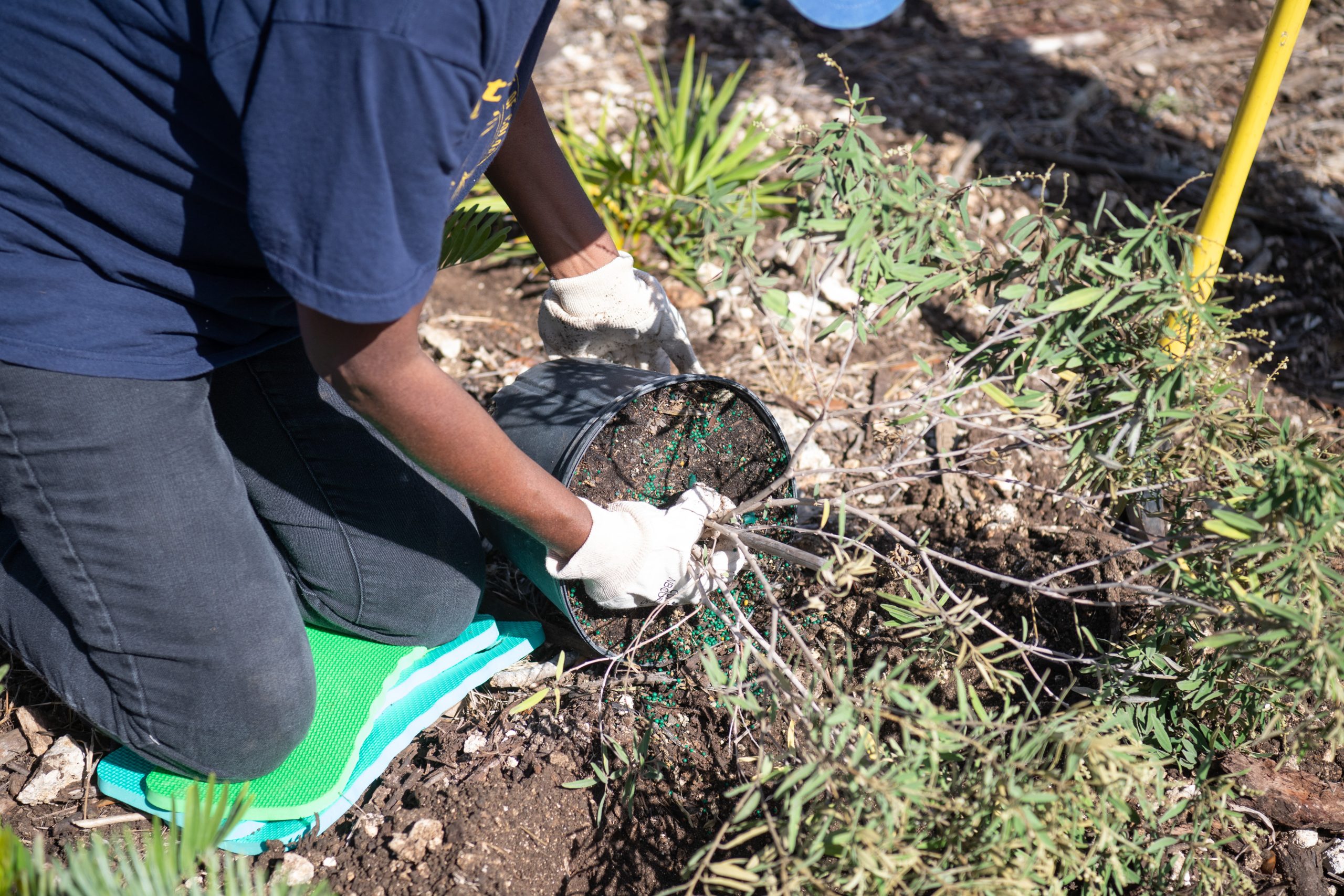Is the world on track to cool down?
Assessing the progress on the Global Cooling Pledge
By Kathleen Euler Wed, Nov 20, 2024
As the world heats up, the commitments outlined in the Global Cooling Pledge are critically important. The question is: what is the progress to date and is it enough?
A landmark commitment to global cooling
In the new era of climate change, the demand for cooling has increased—and will continue to increase—exponentially. Global demand is expected to triple in the next thirty years. However, the demand for cooling directly and dangerously contributes to the same emissions warming the planet. The refrigerants used in active cooling equipment directly emits, and the energy used to operate the same equipment indirectly contributes to global warming.
However, cooling is necessary. Extreme heat is one of the deadliest weather hazards. It kills over 12,000 people in the United States alone. Thousands of people die after eating food spoiled by heat. Heat-related mortality doubles during blackouts, which is especially concerning given the additional strain active cooling places on power grids.
Notably, scaling passive cooling could cut global demand by almost 25 percent, avoiding 1.3 billion tons of emissions each year. By making sustainable cooling more accessible, countries can protect the environment and lives. In light of this urgent need, over seventy countries have committed to the Global Cooling Pledge.
What is the Global Cooling Pledge?
The national commitments
The signatories committed to fourteen actions that scale passive cooling while reaffirming and mobilize the phase down of global emissions. These commitments, as presented in the Global Cooling Pledge, are summarized as follows:
- Reduce global emissions by 68 percent, relative to the 2022 baseline.
- Ratify the Kigali Agreement.
- Support the Montreal Protocol Multilateral Fund.
- Develop a national cooling action plan.
- Create national building energy codes for new and refurbished buildings.
- Increase efficiency rating of air conditioners by 50 percent.
- Set Minimum Energy Performance Standards (MEPS).
- Establish or update public procurement policies and guidance for low global warming potential (GWP) refrigerants and efficient cooling technologies.
- Support sustainable cooling research and deployment efforts in rural, remote, off-grid locations.
- Support existing international cooling emission reduction and access initiatives.
- Manage fluorocarbons through efforts like the Initiative on Fluorocarbons Life Cycle Management.
- Assess progress on the Global Cooling Pledge commitments each year.
- Maintain transparent and publicly available information data on policies and commitments on these goals.
- Use national action agendas to advance progress on the Global Cooling Pledge.
While cooling is essential and lifesaving, it also directly contributes to rising temperatures and already accounts for over 7 percent of global emissions. Recognizing this challenge, one of the key conversations of the Conference of the Parties (COP28) focused on sustainable cooling.
The Global Cooling Pledge was launched at COP29. It was a key outcome of the Presidential Action Agenda and one of nine non-negotiated declarations and pledges. Significantly, the pledge is voluntary. It outlines actionable recommendations to make cooling solutions more accessible and sustainable. The growing number of signatories to this voluntary commitment signals a growing recognition of the need to act on cooling.
Notably, the pledge also has specific commitments at the national and subnational levels. There are fourteen key commitments for national signatories and three for subnational signatories. By including both national and subnational ambitions, the pledge recognizes the pivotal role cities can play in advancing solutions at speed and scale. In addition to specific sustainable cooling efforts, the pledge also includes targeted commitments for national governments to create an enabling environment for local action—ranging from updated sustainable building codes and public procurement guidelines.
The bottom line? Reducing cooling-related emissions by 68 percent.
To achieve this ambitious goal, it calls on national and subnational signatories to increase access to sustainable cooling. From reducing hydrochlorofluorocarbon (HFC) refrigerants to developing national cooling action plans, the signatories commit to specific actions that can improve access to sustainable cooling.
When it launched, just over sixty countries signed the pledge. In just one year, nine additional signatories joined and committed to its ambitions. To date, seventy-two countries have signed on to the Global Cooling Pledge.
The progress on cooling
Following the landmark launch of the Global Cooling Pledge, the focus shifted immediately to its implementation. At COP29, ministers and leaders from over thirty countries joined nonstate actors to assess the progress on the bold commitments.
“The Global Cooling Pledge is not just an agreement. It’s a lifeline with the potential to collectively reduce emissions by nearly 78 billion tons by 2050,” the United Arab Emirates’ Minister of Climate Change, Dr. Amna bint Abdullah Al Dahak, said at the meeting. “Sustainable cooling is no longer a luxury, but a necessity for survival and prosperity.”
In Baku, the leaders shared the first progress report, which outlined key achievements and remaining gaps. Notably, the pledge has inspired action. The first-year assessment revealed that:
- Thirty-seven signatories have included or have clear plan to include cooling related targets in their national climate action plans.
- Sixty-six signatories have ratified the Kigali Amendment, a 5 percent increase since the initial launch of the pledge.
Further, the roundtable prioritized future progress. The participating signatories adopted a Global Cooling Pledge Implementation Strategy, which outlines key steps to “operationalize commitments and scale global implementation of targets.” They also established plans for an Intergovernmental Committee on Cooling. The committee will facilitate cooperation and accountability across signatories, and its scope and governance will be formalized in Belém, Brazil.
With eyes on Belém, Brazil was also unanimously appointed as the co-chair of the Global Cooling Pledge Contact Group, signaling its critical role as host of the upcoming COP30. In addition, the meeting resulted in an important financial commitment: the United Kingdom pledged $15 million to “fast-track sustainable cooling technologies, reduce emissions, and protect vulnerable communities from the intensifying impacts of extreme heat.”
What’s next? From global warming to global cooling
Ambition without accountability is meaningless in this new climate era. As global temperatures soar and people are exposed to deadly heat, climate pledges are empty promises until they translate into action.
The pledge—by its very design—inspires action through accountability. It requires annual progress reports and meetings. And this year’s inaugural ministerial roundtable made it clear that the pledge inspired clear results. The signatories are beginning to deliver on their commitments, which translates into real-world impact on people’s lives and the future of the planet.
With seventy national, fifteen subnational, and sixty non-state signatories, the pledge is the world’s first collaborative effort to reduce cooling-related emissions across sectors. Notably, the recent meeting at COP29 made it clear that there were additional challenges to implementation across sectors. In the coming year, the signatories must focus on more robust and transparent data collection and governance bodies. Specifically, the established key actions include setting up a body to govern and monitor progress on commitments and the development of an annual reporting template.
In the coming year, the ambitions of the Global Cooling Pledge will become more critical than ever. Experts already anticipate that this year will be the hottest on record and will likely be unfortunately one of the coolest years to come. The pledge serves as a shining example of the need to holistically and intentionally design new climate goals with transparent accountability mechanisms.
The world is already looking to Belém to see how countries and cities will act on their commitments. Luckily, the Global Cooling Pledge will ensure that the progress and remaining barriers are immediately and evidently clear on the road to COP30.


